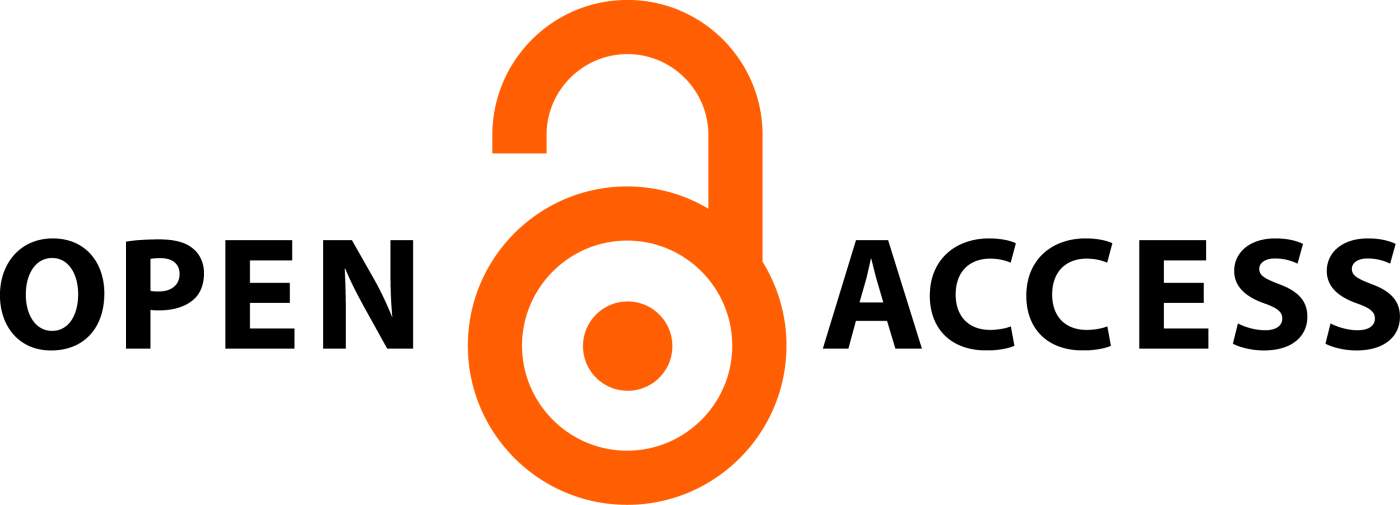DESIGN, FORMULATION, AND IN-VITRO EVALUATION OF IMMEDIATE RELEASE TABLET OF ETORICOXIB USING QUALITY BY DESIGN (QbD) APPROACH
QUALITY BY DESIGN (QbD) APPROACH FOR ETORICOXIB
Abstract
Introduction: The current research aimed to formulate and evaluate the immediate-release tablet of etoricoxib. Etoricoxib belongs to BCS class II drugs; hence the solubility was enhanced using different techniques, thus achieving the dissolution of the drug. The formulation with maximum solubility enhancement was selected as the final formulation for the preparation of immediate-release tablets. Material and Methods: These tablets were prepared using the wet granulation technique. Sodium starch glycolate was used as a super disintegrant, microcrystalline cellulose was used as a binder, and sodium bicarbonate was used as effervescent material for the preparation of an immediate-release tablet. Different trial batches were prepared and the formulations were optimized using design expert software. The optimized formulation was prepared and evaluated for different post-compression parameters. Results and Discussion: The disintegration time was found to be 2 minutes 16 seconds and the percent cumulative drug release was found to be 90.30%. The pharmacokinetic behavior of the drug was studied and first-order kinetics was found to be the best fit model for immediate-release tablets. The accelerated stability study for the immediate-release tablet was carried out at 40℃ ±75% RH and different parameters were evaluated and were found within specified limits. Conclusion: Thus immediate release tablets of etoricoxib were found to be a promising candidate for the treatment of acute pain or arthritis.
Downloads
All the articles published in JAPSR are distributed under a creative commons license (CC BY-NC-SA 4.0)
Under this license, you are free to:
- Share- copy and redistribute the material in any medium or format for any purpose, even commercially.
- Adapt- remix, transform, and build upon the material for any purpose, even commercially.
The licensor cannot revoke these freedoms as long as you follow the license terms.
- Attribution — You must give appropriate credit , provide a link to the license, and indicate if changes were made . You may do so in any reasonable manner, but not in any way that suggests the licensor endorses you or your use.
- NonCommercial — You may not use the material for commercial purposes .
- ShareAlike — If you remix, transform, or build upon the material, you must distribute your contributions under the same license as the original.
- No additional restrictions — You may not apply legal terms or technological measures that legally restrict others from doing anything the license permits.
Copyright policy
The journal allows the author(s) to hold the copyright of their work. That means the authors do not need to transfer the copyright of their work to the journal. However, the authors grant JAPSR a license to publish the article and identify itself as the original publisher.
Licensing policy
The journal allows the author(s) to hold the copyright of their work. That means the authors do not need to transfer the copyright of their work to the journal. However, the authors grant JAPSR a license to publish the article and identify itself as the original publisher.






